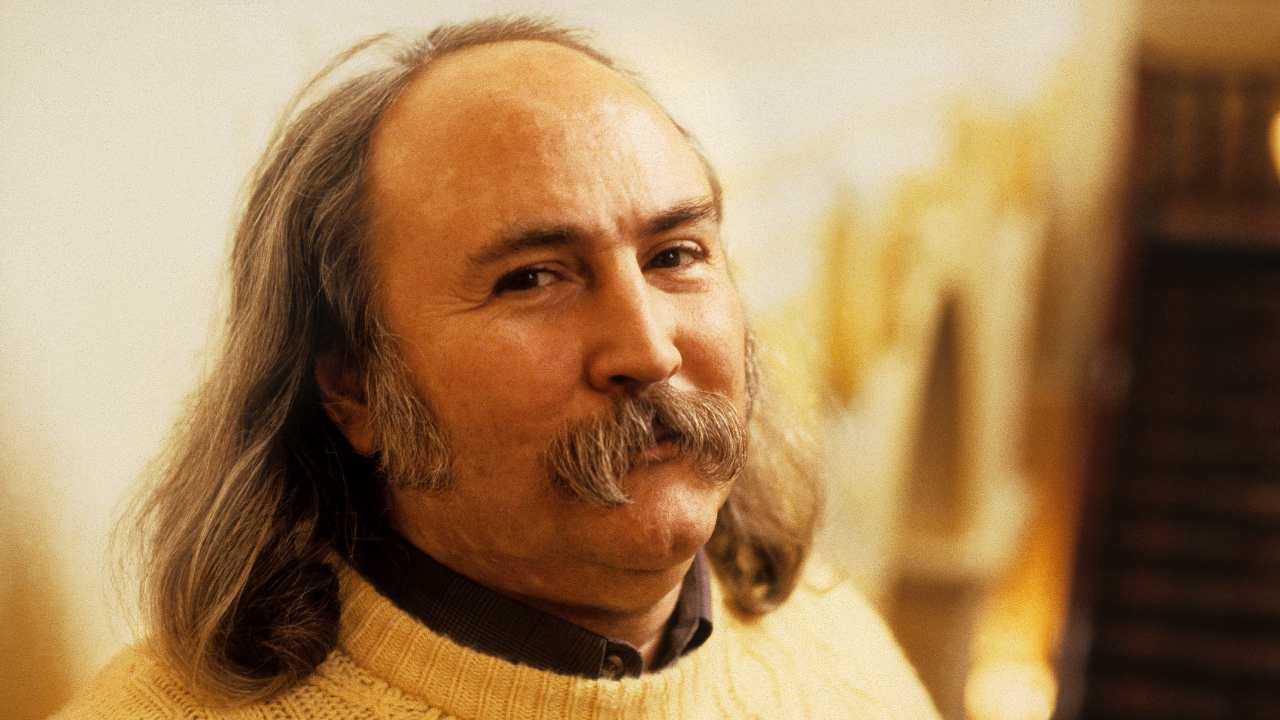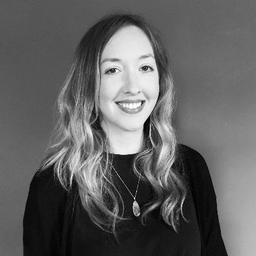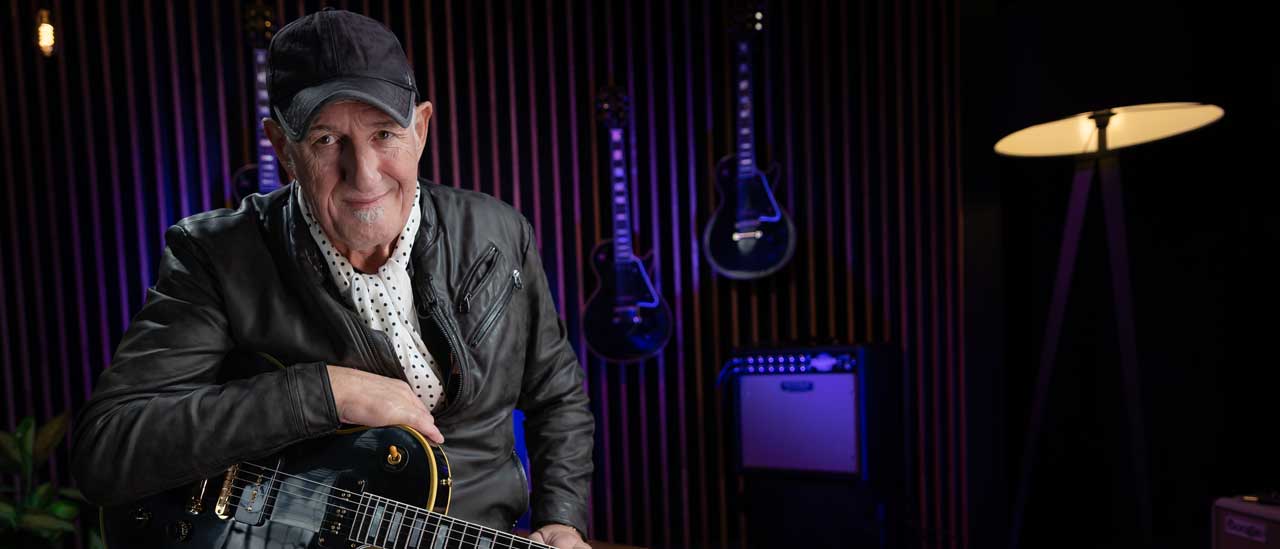David Crosby: A counterculture legend to the end
A personal tribute: The late David Crosby may have battled demons on earth, but his voice was a route to the heavens

I wasn’t a follower of David Crosby from the start – I was born about 30 years too late for that. Instead, I discovered him through Crosby, Stills & Nash (the folk-rock supergroup that he fronted alongside Graham Nash and Stephen Stills) within the last decade, during a particularly chaotic period of my life where I was struggling to control my drinking.
I can’t remember the exact moment I first heard them, but I do remember that their debut self-titled album from 1969 was my introduction. And as soon as I heard it, I was obsessed.
I was so soothed by their music: the golden folk-rock that perfectly encapsulated an era that I had never lived through but still felt nostalgic for, and those gorgeous vocal harmonies that melded together like magic. Out of the three band members, I felt the most drawn to David Crosby, known to his fans as ‘Croz’. He had the look (the ‘tache, the tassels), the cheeky (and often tumultuous) character, and a heavenly voice that was somewhat at odds with his bad boy persona.
Some of my favourite songs of theirs were the ones Crosby wrote or co-wrote, like the counterculture anthem Almost Cut My Hair and the mesmeric Wooden Ships. To me Crosby seemed like the wild child of the group, and when I learned of his own struggles with addiction, perhaps I felt even more of an affinity with him.
One good thing about discovering a band or artist decades too late is that there's a whole back catalogue of amazing music ready to discover. I trawled through everything Crosby had done, from his time in jangly folk-rockers The Byrds, to when CSN stretched out their supergroup by bringing in Neil Young to become Crosby, Stills, Nash & Young, to Crosby’s solo work, starting with 1971’s sprawling maritime masterpiece If Only I Could Remember My Name.
The downside of discovering a band or artist decades too late is that you may never get to see them perform. I was sad to discover that the fights and fallouts between the members of CSN meant it was even less likely that I’d see the three of them on a stage together. And indeed, I never did.
But I did get to see Crosby.
Sign up below to get the latest from Classic Rock, plus exclusive special offers, direct to your inbox!
In the late 2010s, when he was in his 70s, Crosby had something of a creative resurgence: in the seven years between 2014 and 2021, he released five solo albums, and went on tour around the world.
In 2018, I saw him play in London. My mother had also been a fan of CSN in the 1970s, so I took her along for the ride. I don’t know which one of us was more excited to see Crosby perform, to hear those legendary songs straight from the source. He was 77 by that point, and we were both in awe at how strong his voice sounded. When the news of Crosby’s death broke on January 19, 2023, my mother texted me, saying how glad she was that we got to see him.
The really surreal moment came when I got to interview Crosby for Classic Rock magazine in 2018, to coincide with the release of his then-new album Here If You Listen. To this day, it’s still the most nervous I’ve ever been before interviewing a musician.
Speaking to him that day, as I tried to keep my cool, I was so struck by how passionate he was about the new music he was making. There was a boyish excitement to him when he spoke about it, and he kept saying how he couldn’t believe he was still alive, and that he could still sing (and boy, could he), so he was going to make the most of life while he still could.
“Singing is like having your own rocket ship,” he told me. “It’s more fun than I could tell you!”
But my favourite quote from that interview?
“I’m definitely stoned and I’m definitely having a good time.”
A counterculture legend to the end. RIP David Crosby.
Hannah May Kilroy has been writing about music professionally for over a decade, covering everything from extreme metal to country. She was deputy editor at Prog magazine for over five years, and previously worked on the editorial teams at Terrorizer and Kerrang!. She currently works as the production editor for The Art Newspaper, and also writes for the Guardian, Classic Rock and Metal Hammer.

